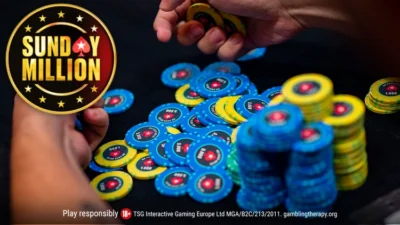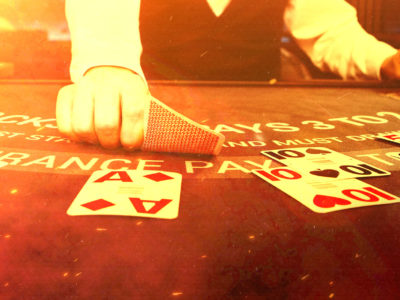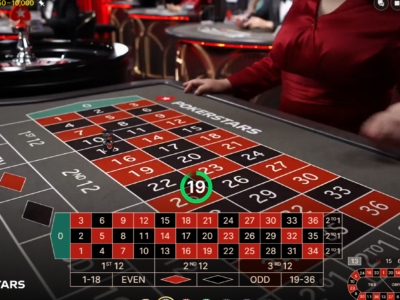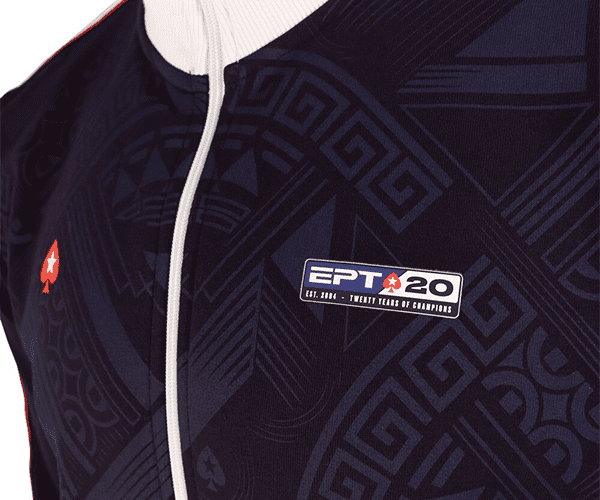The opening scene of California Split is one of the best poker scenes in film history. Set in the fictional California Club, the scene uncannily recreates a Gardena poker room, circa mid-1970s.
Among the many elements making the scene unique is the fact that players are playing lowball, a game not that familiar to most audiences (then or now).
Screenwriter Joseph Walsh reveals that decision didn’t necessarily please executives representing the studio.
The scene’s climactic hand involves one player showing down a “seven-smooth” and the other beating him with a “six-perfect.” Walsh says the execs worried viewers might be confused when the players announced their hands.
“Can’t you just make it four kings beating four queens?” they asked Walsh.
In truth, the film does a masterful job at keeping things clear. Even non-poker players can easily follow what is happening, even without knowing the precise rules governing the action, the bets, or even hand rankings.
For a comparison, the Netflix series The Queen’s Gambit presents chess in a similar way. You don’t have to know how the pieces move or the strategies involved to follow the action — and to be absorbed by it.
Poker has always been a great game in the movies. Instead of playing the house, players play each other, thus making poker an inherently useful conflict-generator.
What are the most popular variants when it comes to poker scenes in movies? Lowball definitely isn’t one of them. Otherwise, though, it depends a lot on what era of film we’re talking about.
Five-card draw
When Walsh was asked about that quads-versus-quads showdown, the question was influenced by many decades of cinematic poker hands of five-card draw.
Essentially all of the old westerns with poker — or any kind of gambling — tend to feature five-card draw. That’s because five-card draw was the most popular variant for much of the period of the Old West.
Spot an old western with John Wayne sitting at a table holding cards? He’s playing five-card draw, for sure.
Five-card draw is the game when Paul Newman turns over four jacks on the train in The Sting.
It’s the game played during the “big hand” in A Big Hand for the Little Lady.
It’s the game W.C. Fields plays in Tillie and Gus when he wins a hand with four aces to beat four kings, four queens, and four jacks. (No shinola!)
Right up into the 1980s and 1990s, in fact, you’ll see five-card draw. Take this scene from the 1992 film Honeymoon in Vegas featuring a couple of monster five-card draw hands:
Five-card stud
Five-card stud was also popular in the 19th century and well into the 20th. It is therefore unsurprising to see it featured in the movies.
That said, even though 5-card stud is not a complicated game to learn or play, it is perhaps a little harder to follow onscreen than five-card draw.
Five-card stud is the main game in what might be the best ever poker film, The Cincinnati Kid.
Cool Hand Luke isn’t really a poker movie, but it includes one of the best poker scenes ever — the “kick a buck” scene. Those who have seen it remember that when Luke keeps coolly bluffing round after round, the game is five-card stud.
Seven-card stud
Seven-card stud rose in popularity following the Second World War, and does pop up here and there in movies. Again, though, the game isn’t the easiest to follow and for that reason isn’t as often shown on the silver screen.
One memorable exception, though, is the “judges’ game” in Rounders — 7-card stud, with $10/$20 stakes.
Remember it? Sure you do.
Don’t give me any of that “I’m sorry John, I don’t remember” stuff.
No-limit hold’em
Ever since the “poker boom” of the mid-2000s, no-limit hold’em has been the favored game shown in the movies.
As televised poker has ably demonstrated, NLHE works great with an audience. Unlike, say, Omaha hi, no-limit Texas hold’em is a poker variant for which it is relatively easy to follow the action.
It’s the game Brad Pitt teaches the wannabe-poker-player actors in Oceans 11. Or tries to, anyway. (“Fellas, fellas… all reds!”) I’m referring to the remake — the original is more of a casino film, you might say, with poker not really featured.
No-limit hold’em is the game in recent poker-centric titles, too, like Mississippi Grind and Molly’s Game.
It’s also the game played by James Bond in the remake of Casino Royale. They didn’t even play poker in Ian Fleming’s original novel, but by 2006 it only made sense to have Bond play no-limit hold’em for high stakes against the villanous Le Chiffre.
At the time, audiences could be trusted to know what it meant for players to call, check, raise, and especially to go all-in.
Heck, all that poker on TV taught a lot of them about the small blind and big blind and the button, too. The rise of online poker educated audiences even more about the game, just as online casino games have introduced many to the ins and outs of slots, roulette, and craps.
There are multiple poker scenes in Casino Royale, with NLHE the game in each. Most remember the last one in which Bond’s straight flush beats Le Chiffre’s full house. The execs who pleaded with Walsh would’ve approved, one imagines.
Here’s an earlier scene between those two, also featuring a couple of monster hands.
That’s another thing about poker hands in the movies, regardless of the variant. They don’t always make perfect sense.
Back to TopView Other Blogs

































